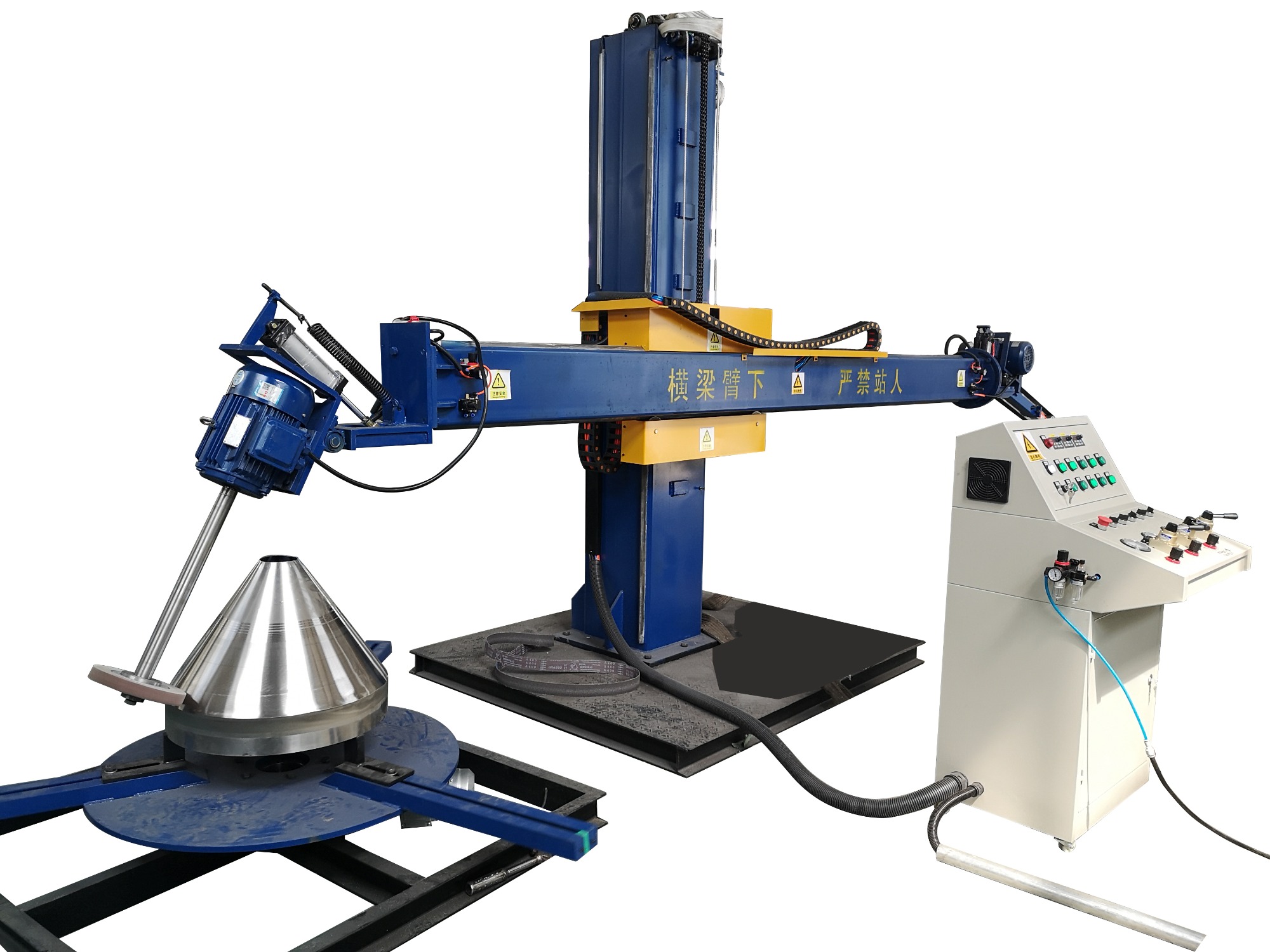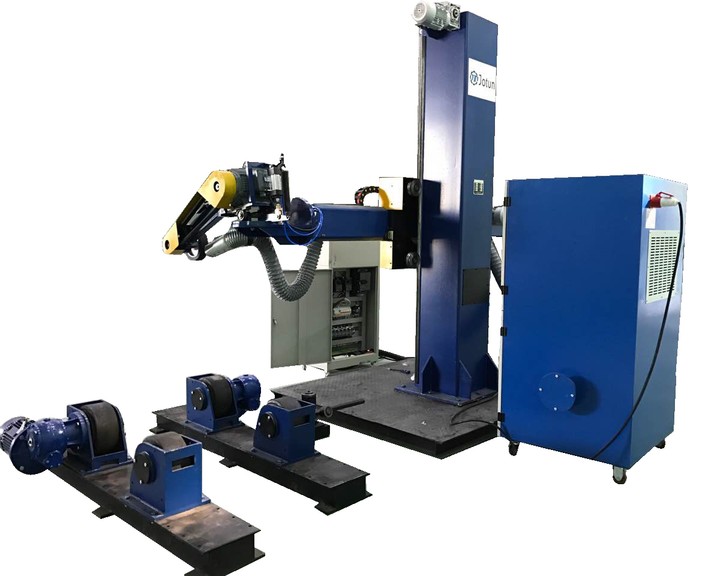Polishing machines offer several advantages over manual polishing methods, making them popular tools in many industries. Here are some of the key advantages of using a polishing machine:
1.Efficiency: Polishing machines are designed to be highly efficient in removing surface imperfections and achieving a polished finish. The rotating motion of the spindle or pad, combined with the abrasive discs or pads, provides consistent and controlled abrasion, resulting in faster and more effective polishing compared to manual methods. This increased efficiency can save time and labor, making polishing processes more productive and cost-effective.

2.Consistency: Polishing machines provide consistent results as they ensure uniform abrasion across the surface being polished. This results in a more even and consistent finish compared to manual polishing, which can be influenced by variations in hand pressure, motion, and technique. Consistency is crucial in industries where high-quality finishes are required, such as automotive detailing, aerospace, and jewelry making, as it helps to achieve a uniform appearance and maintain quality standards.
3.Precision: Polishing machines offer precise control over the polishing process, allowing operators to adjust the speed, pressure, and abrasive materials to achieve the desired finish. This level of precision is difficult to achieve consistently with manual polishing methods, which may result in uneven finishes or over-polishing in some areas. Polishing machines allow for fine-tuning of the polishing process, enabling operators to achieve precise results on different materials and surfaces.
4.Versatility: Polishing machines are versatile tools that can be used on a wide range of materials, including metals, plastics, glass, paint, and more. They can be used for various applications, such as removing scratches, swirl marks, oxidation, and other surface imperfections, as well as achieving high-gloss finishes, satin finishes, or custom finishes. Polishing machines can be equipped with different types of abrasive discs, pads, or brushes, making them adaptable to different materials and polishing tasks.
5.Reduced operator fatigue: Manual polishing methods can be physically demanding and may result in operator fatigue, especially when polishing large or complex surfaces for extended periods of time. Polishing machines are designed to reduce operator fatigue by minimizing the physical effort required. The rotating motion of the spindle or pad, combined with the handles or grips for easy handling, allows operators to control the machine with less physical strain, leading to increased comfort and reduced operator fatigue.
6.Safety: Polishing machines often come with safety features, such as guards or shields, to protect the operator from potential hazards, such as flying debris or accidental contact with the rotating parts of the machine. These safety features help to ensure a safer working environment for operators compared to manual polishing methods, where operators may be exposed to risks associated with hand-held tools and abrasive materials.

In conclusion, polishing machines offer several advantages, including increased efficiency, consistency, precision, versatility, reduced operator fatigue, and improved safety. These advantages make polishing machines a valuable tool in industries where high-quality surface finishes are required, and they can significantly enhance the effectiveness and productivity of polishing processes. However, proper training, safety precautions, and careful selection of appropriate abrasive materials and polishing compounds are important to ensure safe and effective use of polishing machines.